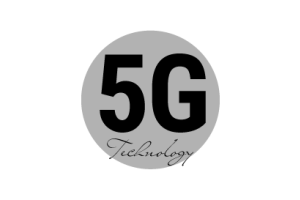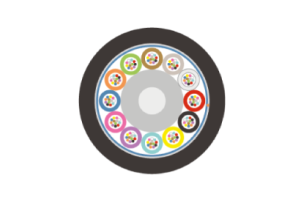
What Is FTTX?
FTTX, or Fiber to the x, is a term used to describe a variety of fiber optic communication systems that use fiber optic cables to transmit data over long distances. The "x" in FTTX refers to the location where the fiber optic cables are terminated, and can refer to a variety of different locations such as the home, business, curb, or other point of presence.
FTTX systems are used in a variety of applications, including telecommunications, internet service, and cable television. They are able to transmit data at extremely high speeds and with very low levels of signal loss, making them well-suited for applications that require fast and reliable communication.
There are several different types of FTTX systems, including:
- Fiber to the Home (FTTH): In an FTTH system, the fiber optic cables are terminated at the home, providing high-speed internet and other communication services directly to the home. This allows users to access high-speed internet and other services without the need for traditional copper wire or coaxial cable connections.
- Fiber to the Antenna (FTTA): In an FTTA system, the fiber optic cables are terminated at the antenna, transmitting data from a central location to an antenna. FTTA systems are commonly used in wireless communication systems such as cellular networks, where they are used to transmit data from the network's central hub to the antennas located on cell towers. They are also used in other types of wireless communication systems such as satellite systems and Wi-Fi networks.
- Fiber to the Building (FTTB): In an FTTB system, the fiber optic cables are terminated at the building, providing high-speed internet and other communication services directly to the building.
- Fiber to the Curb (FTTC): In an FTTC system, the fiber optic cables are terminated at the curb or other location near the home or business, with traditional copper or coaxial cables used to connect the final leg to the home or business.
- Fiber to the Node (FTTN): In an FTTN system, the fiber optic cables are terminated at a central node, with traditional copper or coaxial cables used to connect the final leg to the home or business.
FTTX systems offer many benefits over traditional copper wire communication systems, including faster speeds, lower signal loss, and greater resistance to interference. They are also more durable and easier to install, making them a popular choice for telecommunications companies and other organizations that require fast and reliable communication.
Overall, FTTX systems are a critical part of the modern communication infrastructure, providing high-speed internet and other services to homes and businesses around the world.





